Genkipals
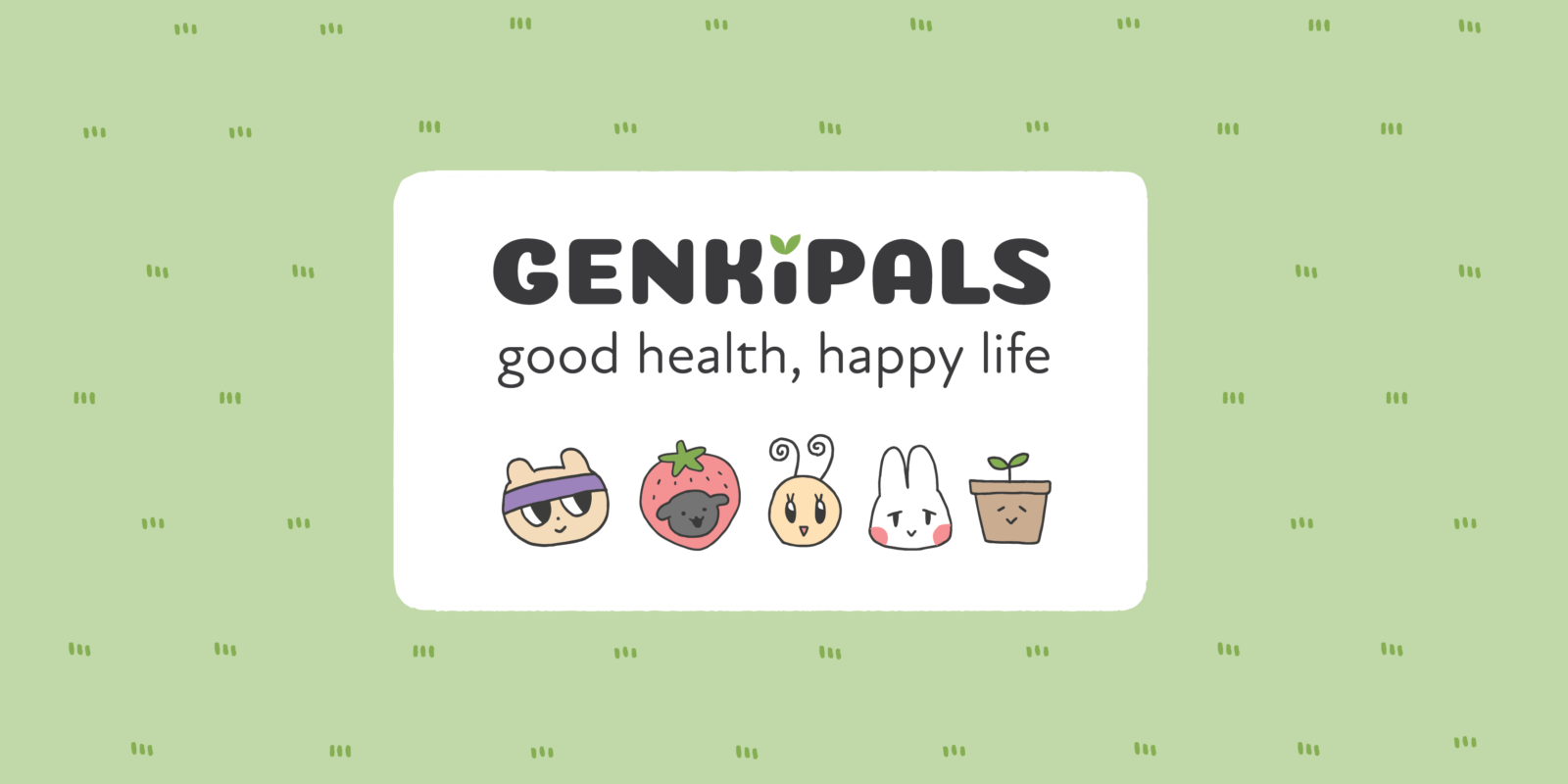
The Problem
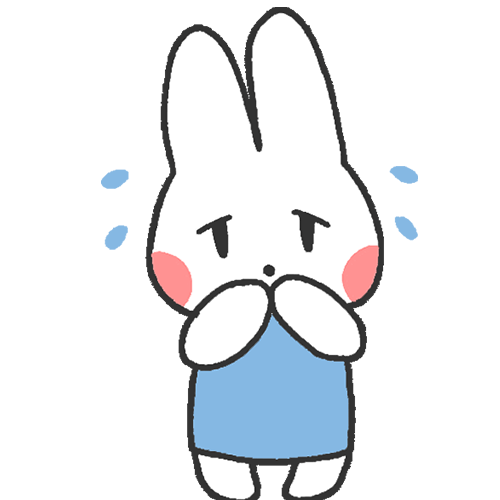
Finding the time and motivation to take care of yourself in the bustle of modern life is something that doesn’t always take as much priority as it should. Because this experience is so common, there is an oversaturation of the personal wellness market, making the journey towards the right self-care solutions even more difficult.
A unique space to consider for design exploration is “kawaii engineering”, a Japanese methodology in which psychological feelings of “cuteness” (or kawaii) are captured and translated into design solutions.
How can kawaii engineering motivate young adults with mental health struggles to prioritize personal wellness and practice self-care?
Success Statement
By designing a wellness tool with “kawaii engineering”, there is the opportunity for young adults struggling with health habits to have a solution that is fun, convenient, and relatable for de-stigmatizing personal health difficulties and cultivating motivation to practice better habits and self-love.
Target Audience
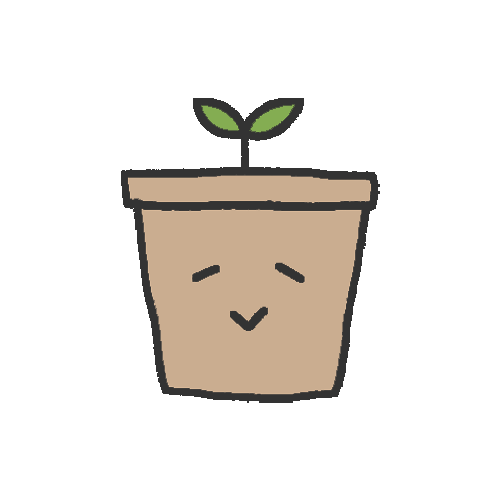
Young adults ages 18-24 with difficulties with not only mental health, but overall health habits.
Research
Under the Kansei Engineering Umbrella
The umbrella of product and business design concepts called kansei engineering focuses on the emotions and ideas we have as consumers when reacting to products and brands. Kawaii engineering, a sub-category, uses Kansei concepts and “kawaii” to embody a special kind of cute design that reduces negative emotional responses and makes difficult information more appealing. Much of my research phase was spent studying how brands – mostly from Japan which feature characters marketed not only to children, but adults as well – apply kawaii engineering successfully.
Taking a look at Sanrio’s Hello Kitty, she is a globally successful example of kawaii engineering that creates an emotional appeal in otherwise mundane products (ex. office supplies and kitchen appliances). Applying her image to designs immediately makes a product more memorable and special.
Interviews
In order to understand how such cute brands work on adults specifically, I conducted interviews with 5 participants that helped me gather sentimental and behavioral insights on personal experiences with kawaii engineering. All participants felt that adding cute characters to designs creates an opportunity to build a stronger emotional bond with products and felt that cute characters set up a sense of familiarity or connection to childhood memories – making cuteness a nostalgic tool to aid in coping with adult struggles.
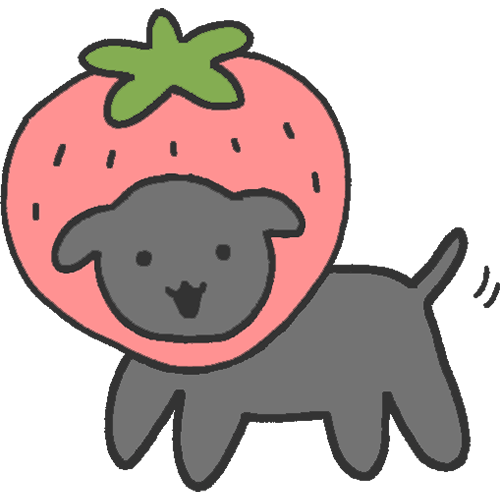
Triading
After each interview, I constructed a scenario where participants selected and discussed different sets of products that use kawaii engineering, leading me to identify the criteria to measure a successful use of kawaii engineering for adults: serve useful purpose in the world; emit feelings of comfort and safety; do not cross a threshold of being “too childish”; use lighter colors, lines, and more sophisticated elements.
Survey
For my survey, I focused on gathering an overview of relationships young adults have with their current personal wellness habits. The key insights were that there is an overwhelming dissatisfaction with how people felt about their current wellness habits. I found that 75% of participants struggle with balancing mental health, leading them to express less motivation to do self-care based on internal factors.
Despite the small successes of using different personal wellness methods, there is an overall lack of motivation, appropriate resources, and time limitations that keeps people from prioritizing their health.
Competitive Analysis
Lastly, I conducted a competitive analysis to explore how current design solutions provide structure for maintaining personal wellness. I found that each digital and physical object carried similar themes of calming graphics, reminders, affirmations, and personal goal customization – providing ways of applying more mindfulness and taking control of one’s daily life.
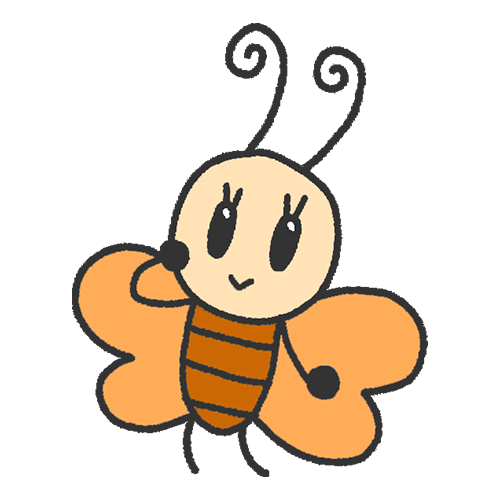
Design Process + Testing
Combining all my findings, I designed Genkipals, a character brand that focuses on achieving and maintaining personal wellness in a fun and friendly way. Taking inspiration from Sanrio, San-X, Tamagotchi, and Neko Atsume, I applied the Genkipals brand to a game app that uses kawaii engineering as a motivational resource.
I started this concept around the idea of “genki”. In Japanese, “genki” is usually used to describe someone as being in good health or feeling lively. Additionally, it carries a more nuanced meaning of life energy that is responsible for every living thing, making “genki” the very essence of one’s mind, body, and spirit.
The story of Genkipals as characters is that they are a group of animal friends living in Genki Town where they are dedicated to helping each other in their pursuit of good health and happiness.
Through data collection, they were formed around 5 wellness pillars: body image, mental maintenance, introspection, self-fulfillment, and consistency. Each of the pillars are represented through a set of characters that balance wellness themes and serve as a channel for motivation through comfort and relatability. The idea is that each character is working on their own journey of self-improvement, and helping them is also what helps the user become healthy and happy.
Visually, I wanted this brand to look as though it’s cozy and safe. Based on the imperfect charm found in San-X’s Sumikkogurashi and Neko Atsume, I gave the Genkipals and their environment a hand-drawn feel to add a level of friendliness and nostalgia. I also color coded the characters to match their wellness pillars throughout the app.
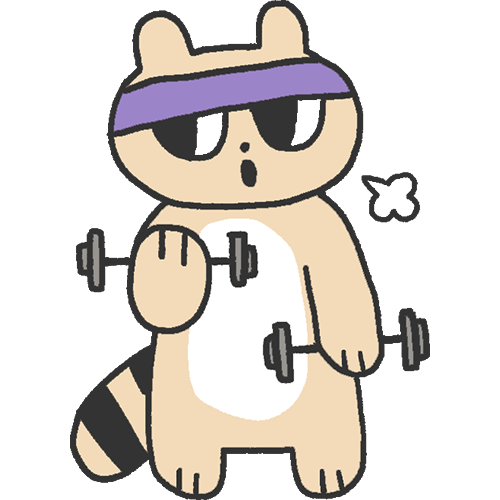
The user testing I conducted was via a walkthrough of the different flows within the app. Because my goal is to create a sense of encouragement through the characters, my main concern was within the likelihood of people returning to the app for continued use. Fortunately, the app received an overwhelmingly positive reaction, and users were excited about the possibility of expanding the character world and applying Genkipals to other platforms.